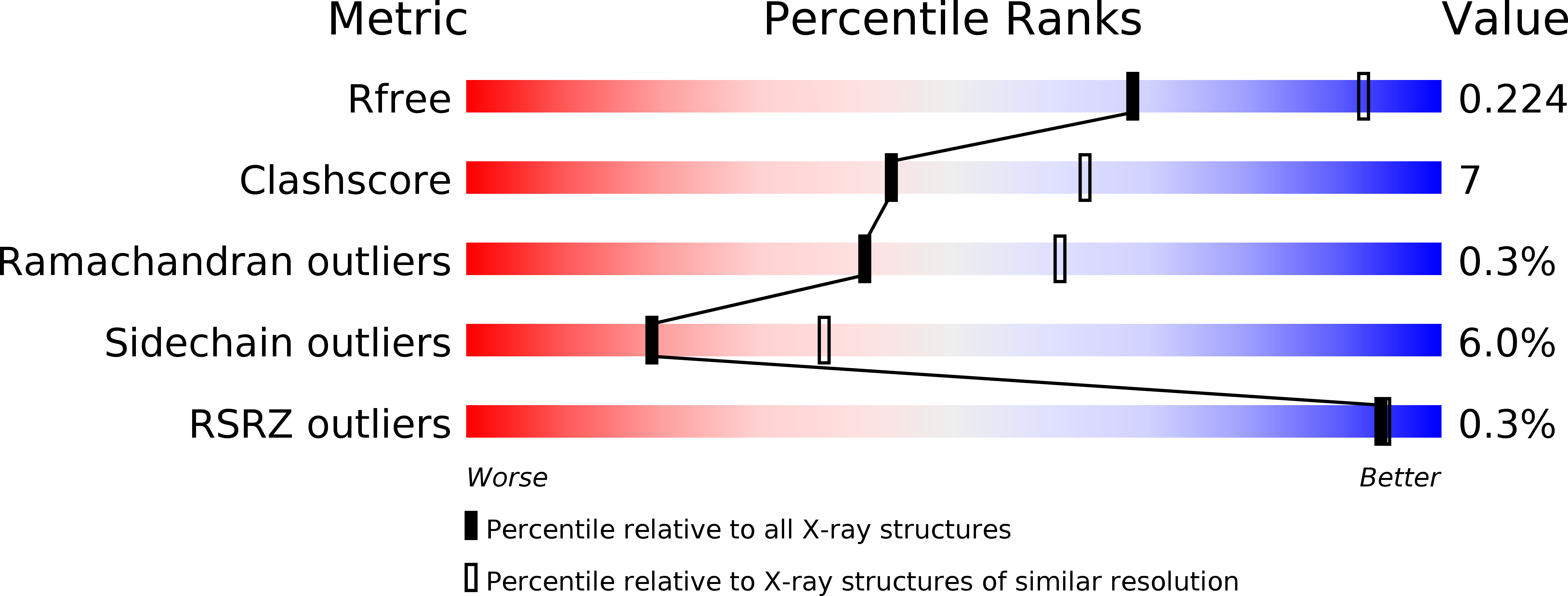
Deposition Date
2004-04-28
Release Date
2004-06-15
Last Version Date
2024-02-14
Entry Detail
Biological Source:
Source Organism:
Streptomyces avermitilis (Taxon ID: 33903)
Host Organism:
Method Details:
Experimental Method:
Resolution:
2.50 Å
R-Value Free:
0.23
R-Value Work:
0.17
R-Value Observed:
0.17
Space Group:
P 21 21 2


